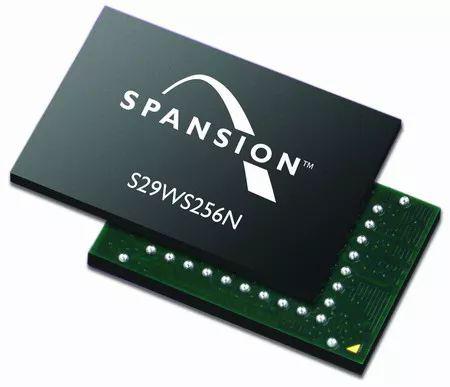What is the advantange of the new generation three-dimensional flash solution? It is widely used by Micron, SK Hynix and YMTC
All of Micron, SK Hynix and YMTC announced their new generation three-dimensional flash solution in CMFS 2018. SK Hynix calls it “4D NAND”, YMTC calls it Xtacking and Micron calls it “CuA”. “CuA” is the abbreviation of CMOS under Array, in other words, put peripheral CMOS logical circuit under memory chip. There are three advantages including enhancing memory density, cutting costs and reducing manufacturing cycle.
CuA will be used in the fourth generation 3D NAND of Micron. Compared with the third generation(96-layer stacking), its write bandwidth increases by 30% and energy consumption decreases by 40% per bank bit.
Second key point is QLC flash memory. As early as May in this year, Micron releases the world’s first QLC SSD of 5210 ION series and it is used as enterprise-class storage. Its specification is 2.5 inch, with capacity falling into 1.92TB, 3.84TB and 7.68TB.

According to Micron, a block of 7.68TB 5210 ION deplayed in data center, not only meets storage requirment but also has 6900 rmp IOPS, which is more than 4 blocks of 2.4TB hard disk drive with 10K rpm. And the latters only have 1776 rmp IOPS.
It could be argued that a block of 5210 ION may be more expensive than 4 blocks of HDD with 10K rpm. Introduce a concept of TCO, with trible SSD performance and higher economic benefit per unit time. And the procurement cost is totally drowned during service period, let alone occupation of HDD and loud running noise.
When deplaying the Linux service with Ceph cluster’s storage system which is based on Centos/3 node, 24 blocks of 8TB 5210 ION SSD can realize read speed of 70 Gbps, which is far more faster than HDD.
